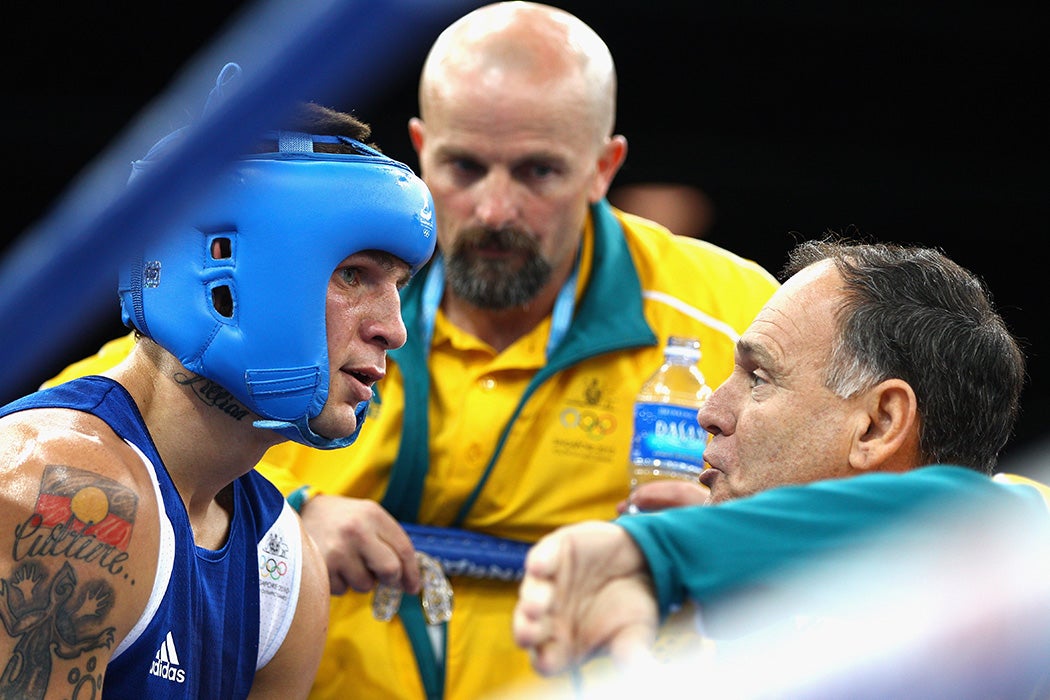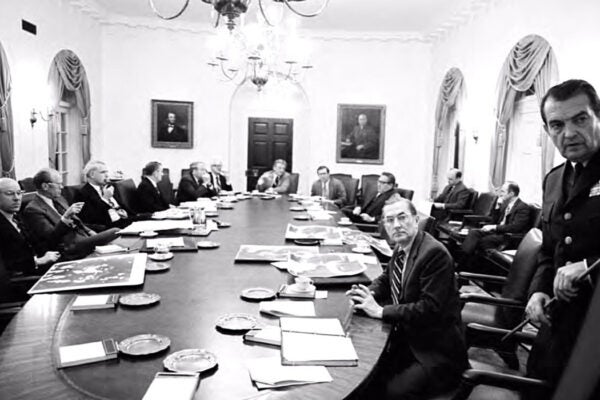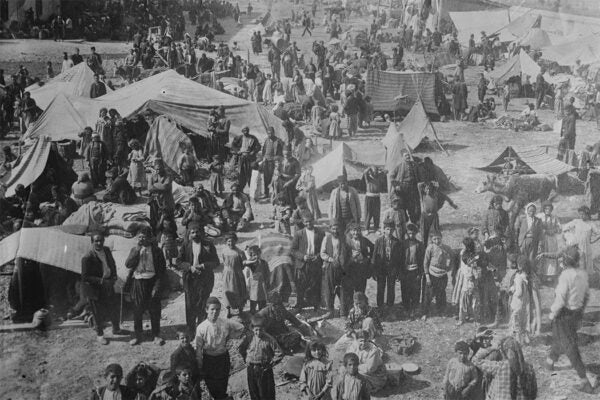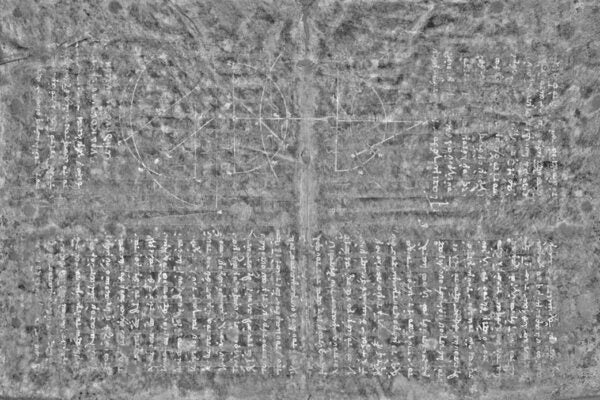At the 2012 Olympic Games in London, Damien Hooper, a member of the Australian national team, showed up to his boxing match in a shirt emblazoned with the Australian Aboriginal Flag. Hooper, an athlete of Kamilaroi and Manandanji ancestry, won his fight but was charged with violating rule 50 of the Olympic Charter.
Rule 50 states, in part, that “no form of publicity or propaganda, commercial or otherwise, may appear on persons or sportswear, accessories, or, more generally, on any article of clothing[.]” Hooper was reprimanded and, before the Australian team apologized for him, threatened with disqualification.
The historian and Indigenous-studies scholar Christine O’Bonsawin argues that the International Olympic Committee (IOC) forces Indigenous athletes to compete as representatives of “colonizing settler citizenry,” belying the Olympic movement’s claims that it is “centered and concerned with the preservation of human dignity.” It’s worth noting that Indigenous peoples remain outside the Olympics’ symbolic five interlocking rings, which represent the unification of five continents in the games.
“In this professedly ‘nonpoliticized’ space [of the Olympics], the political interests of settler colonial nations such as Australia, Canada, New Zealand, and the United States are sustained and upheld,” O’Bonsawin writes. Yet when marginalized athletes challenge “ongoing state-based violence and oppression,” as Hooper did, their actions “are denounced and rejected as political and racial propaganda.”
The modern Olympic games were born in 1896, a high-water mark of European colonialism and nationalism. Individual athletes compete against one another, but they do so under the banners of national teams, making the games a proxy for nation-state competition. That may best be seen in the medal counts, which are listed by nation, and the parade of flags in the opening ceremony. Where all this leaves colonized, Indigenous, and minority peoples within nation-states has long been contested.
The Black Power salute of Tommie Smith and John Carlos at the 1968 Mexico City games is probably the most famous manifestation of symbolic protest along these lines. But long before that, Irish track and fielder Peter O’Connor came to 1906 Athens Games, hoping to represent Ireland. Ireland was then a colony of Great Britain and didn’t have its own national Olympic committee. Instead, O’Connor and his Irish teammates competed under the Union Jack for Great Britain. On winning silver in the long jump, O’Connor climbed up the flagpole that was flying the Union Jack and unfurled a green Erin Go Bragh (“Ireland Forever”) standard of Irish republicanism.
Weekly Newsletter
It’s not as if the IOC has been inflexible on the nation-state concept. The 2020 women’s 100-meter hurdles might have surprised some US Americans, because gold-medal winner Jasmine Camacho-Quinn competed for Puerto Rico, not the United States. Officially a “territory” of the US, Puerto Rico has had its own IOC-recognized team since 1948. The IOC also recognizes teams from the US Virgin Islands, Guam, and American Samoa, all parts of the American empire.
Support JSTOR Daily! Join our new membership program on Patreon today.







